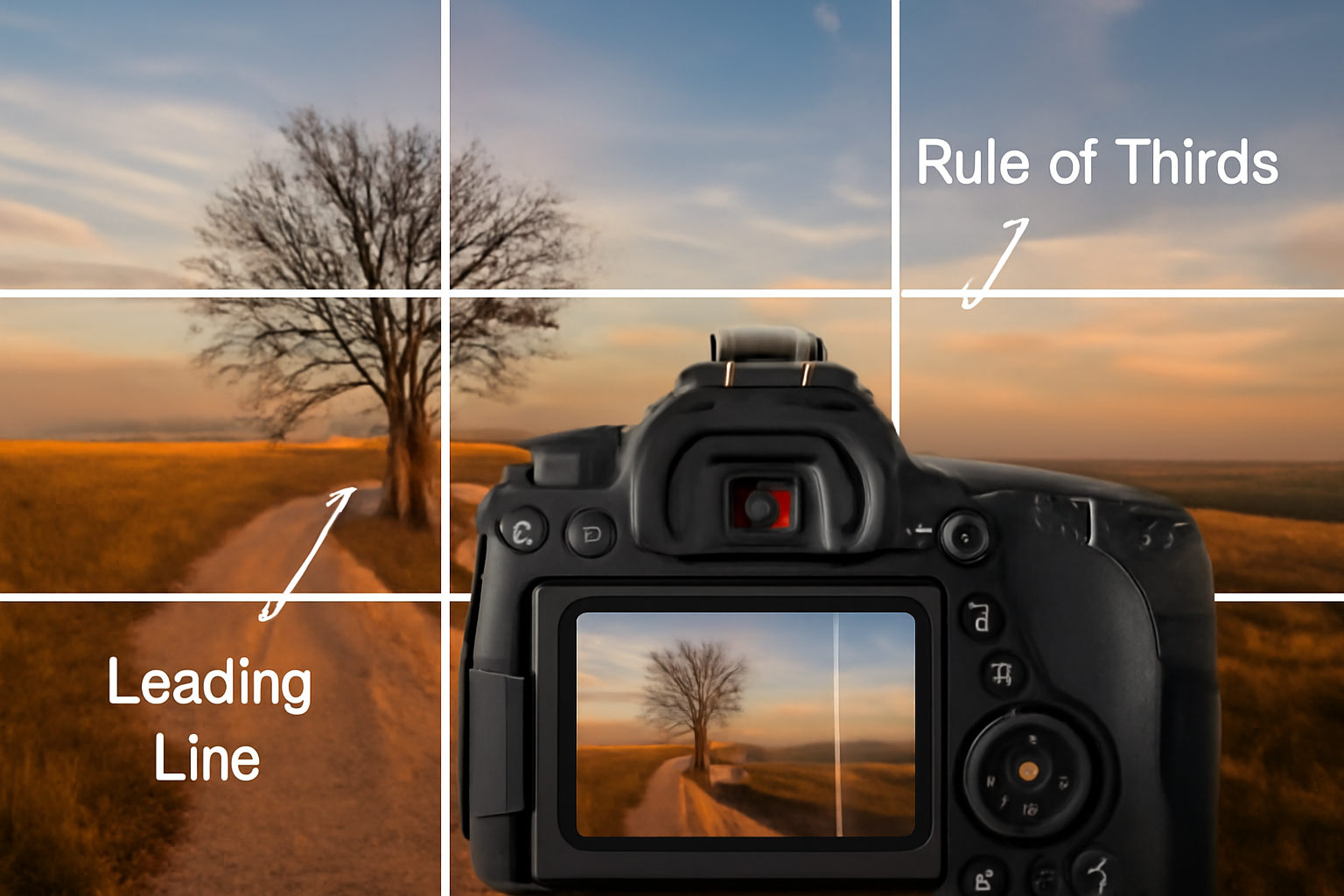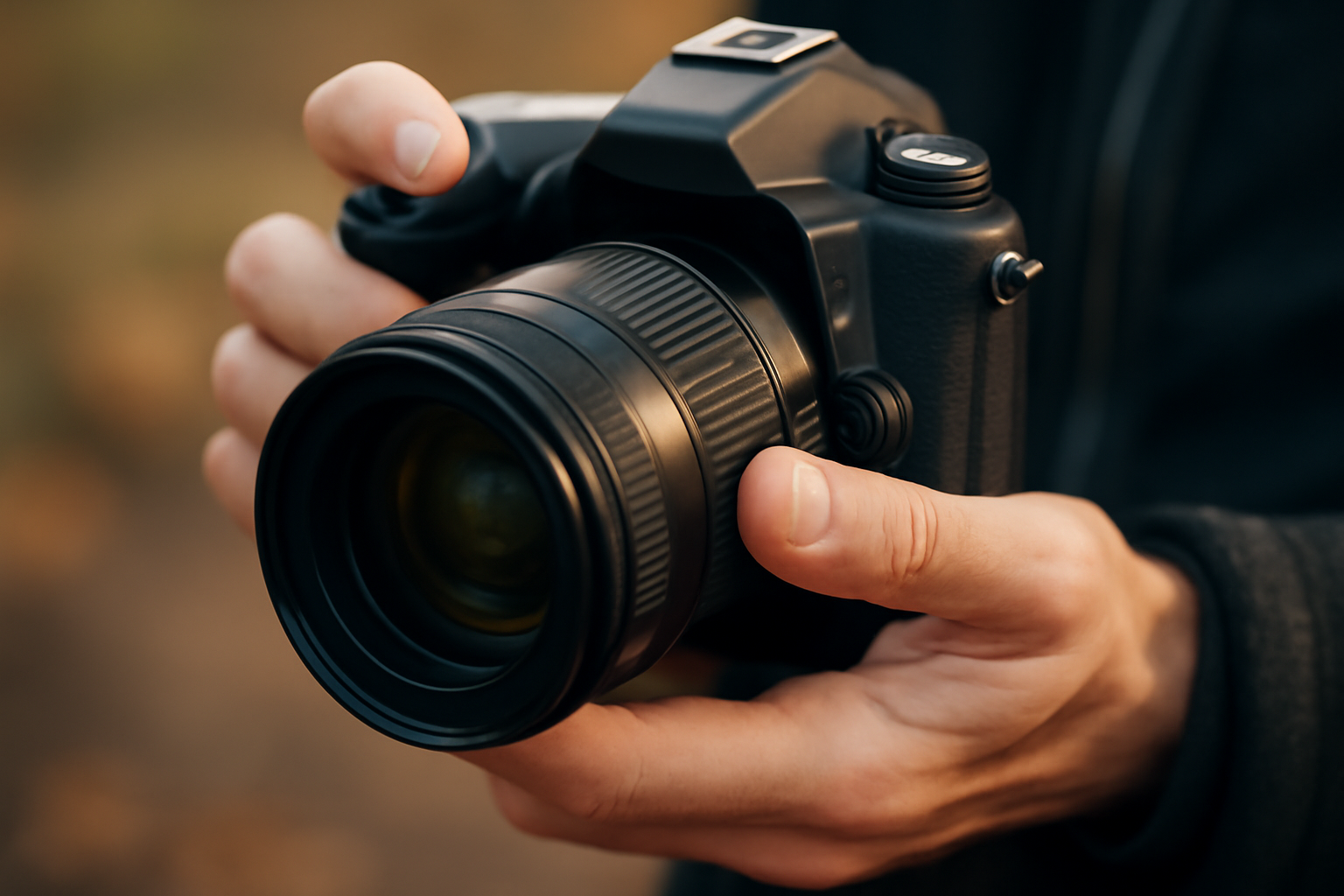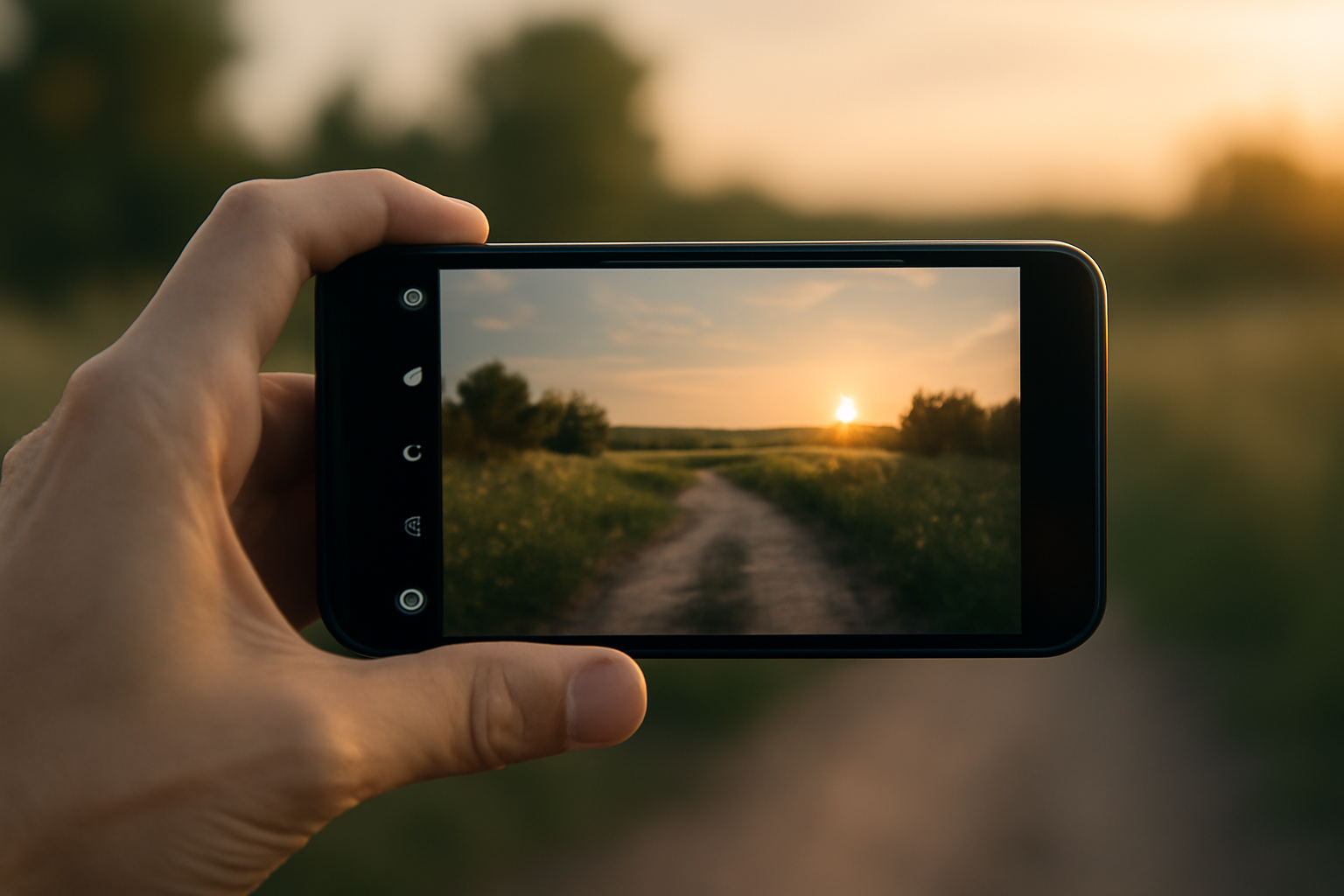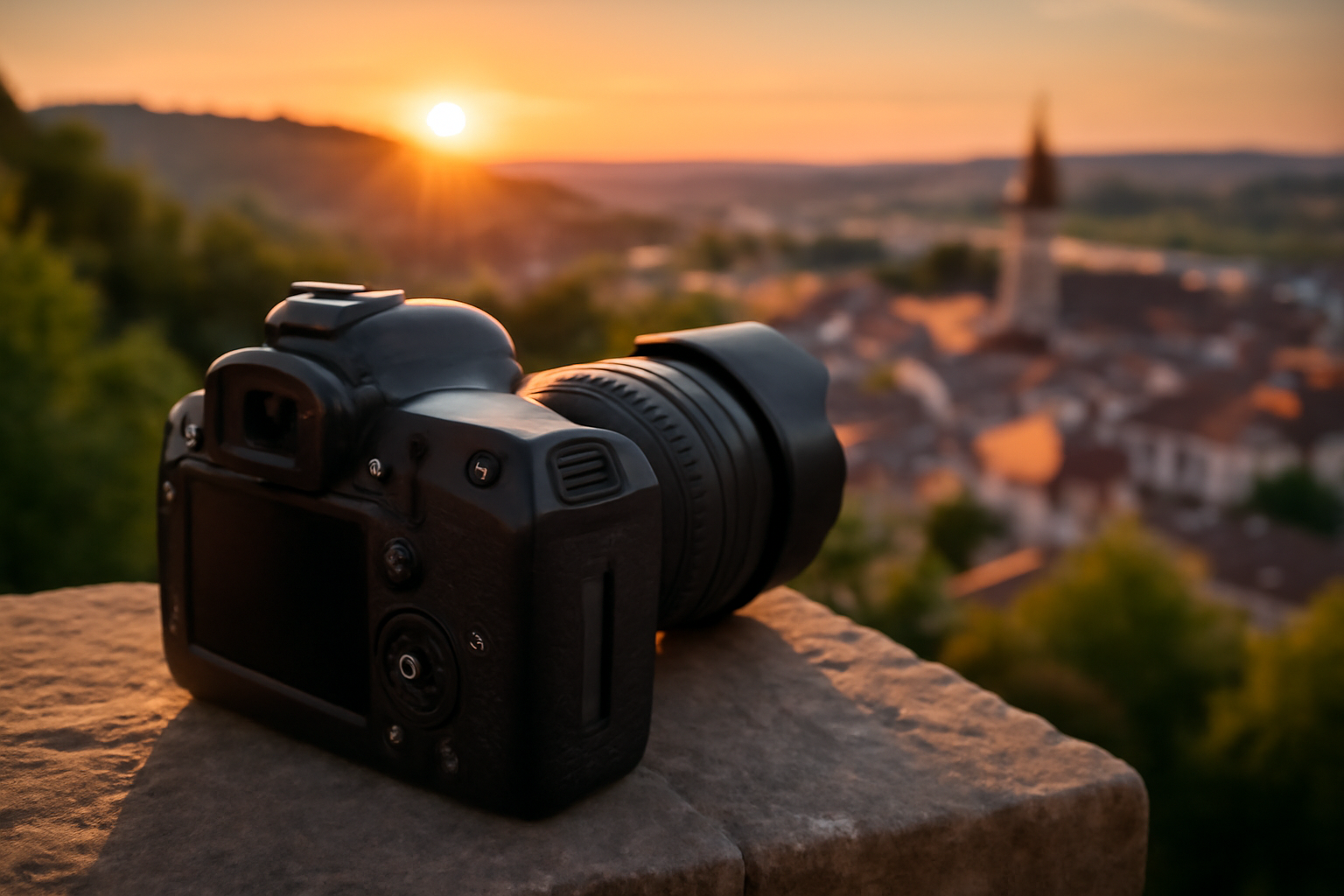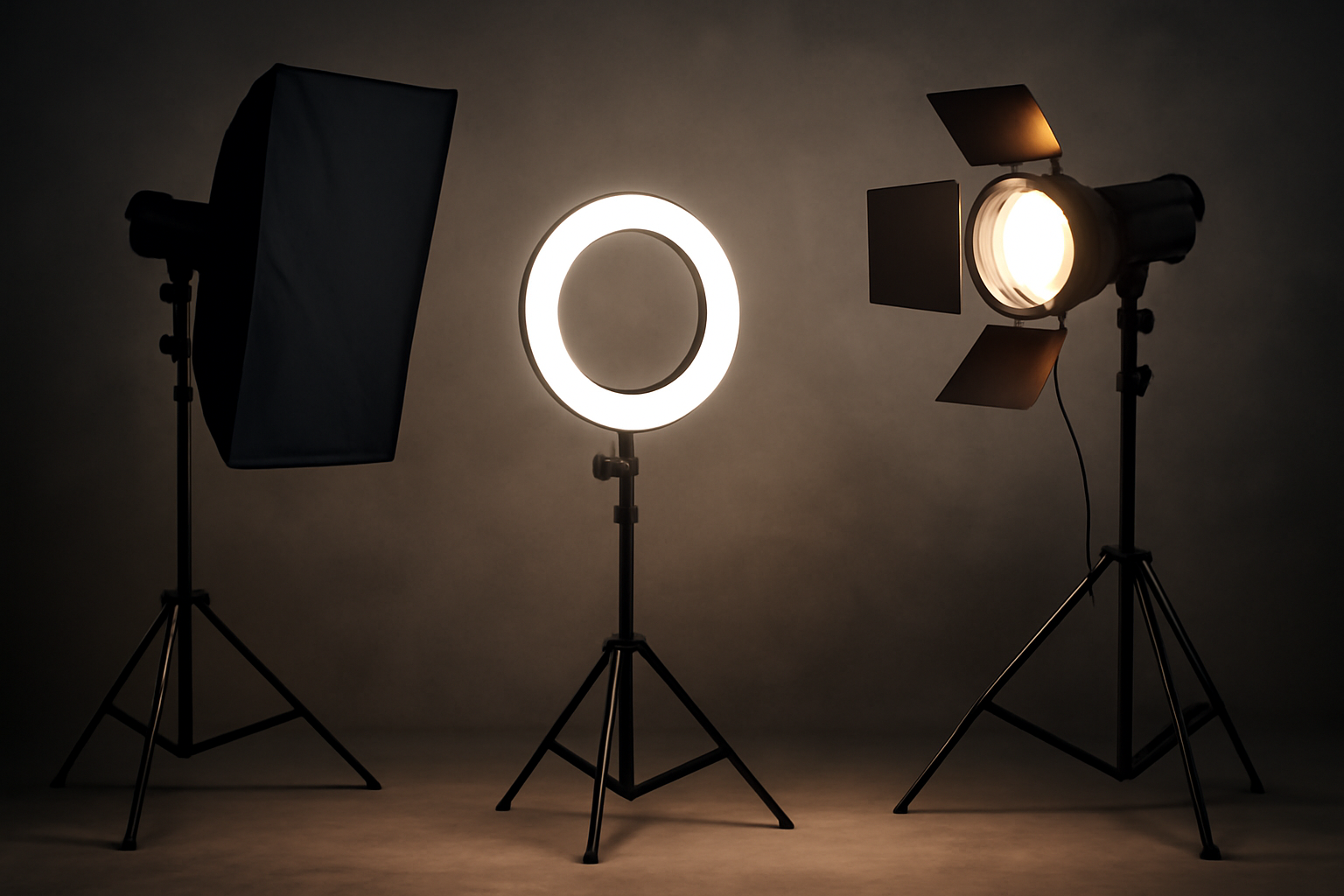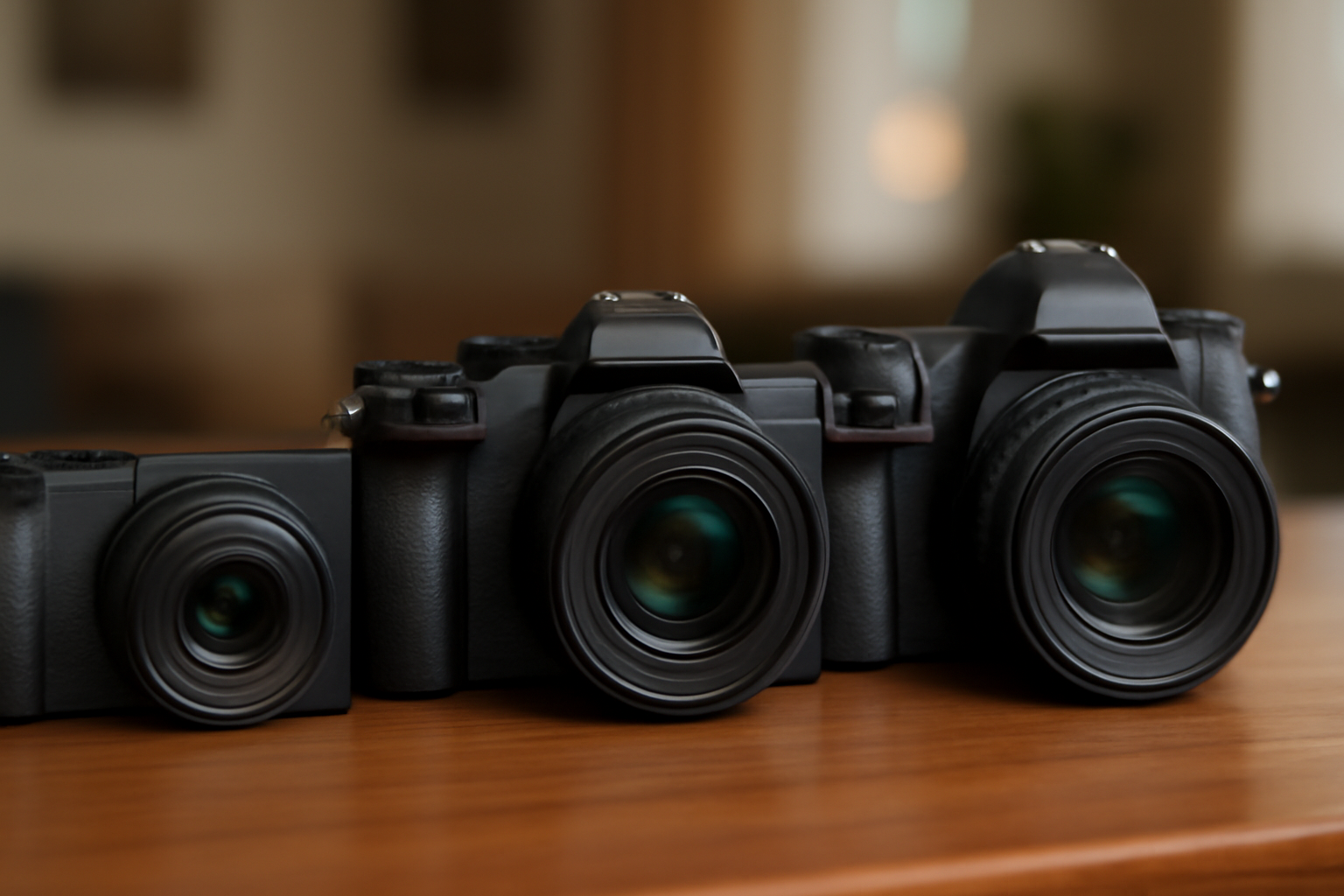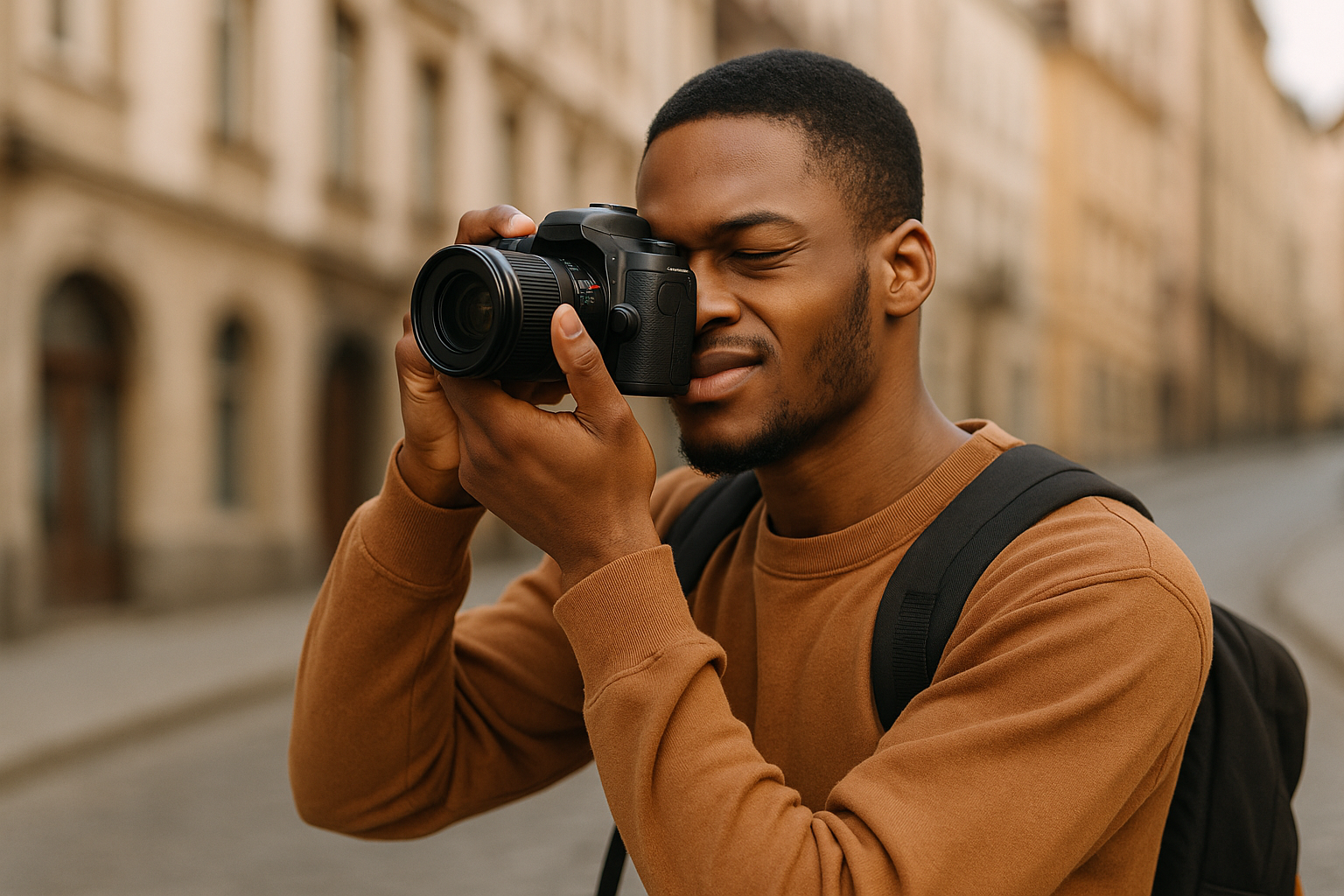When you first pick up a camera, it’s natural to obsess over gear, lenses, or settings. But here’s the secret most beginners overlook: the power of your photos has less to do with your equipment and more to do with how you frame and compose the shot.
Framing and composition are the language of photography. They tell the viewer where to look, what to feel, and how to connect with the image. Even the simplest subject can become extraordinary if composed thoughtfully.
The good news? You don’t need a professional background or expensive gear to master this language. With awareness and practice, you can transform your photos almost instantly.
This guide will take you through the fundamentals of framing and composition in a way that’s clear, practical, and inspiring — so you can create images that not only look good but also feel powerful.
Why Framing and Composition Matter
Think about the difference between a snapshot and a photograph that stops you in your tracks. It’s rarely about the subject itself. A cup of coffee, a street corner, or a stranger’s face can be mundane — unless framed and composed with intention.
Composition gives structure to your photos. It creates balance, movement, and impact. Without it, even the most beautiful subject can feel flat or lifeless. With it, even the most ordinary subject comes alive.
Photography isn’t just about recording what’s in front of you — it’s about deciding how to show it.
Start With the Frame: What’s In and What’s Out
The first decision in photography is what to include in the frame and what to leave out. Everything you exclude is just as important as what you show.
Tip: Before pressing the shutter, scan the edges of your frame. Are there distractions like stray wires, clutter, or half-cropped objects? Move slightly, zoom in, or reframe to eliminate them.
Think of your frame as a stage. If it doesn’t contribute to the performance, it doesn’t belong on stage.
Rule of Thirds: Your Beginner’s Superpower
The rule of thirds is one of the simplest and most effective tools for beginners. Imagine dividing your frame into nine equal parts with two horizontal and two vertical lines. Place your subject along those lines or at their intersections.
Why it works: Our eyes naturally find this composition pleasing. It creates balance without being boring.
Examples:
- A horizon placed along the top third creates emphasis on the land.
- A portrait with the subject’s eyes on the top third line feels grounded and natural.
- Placing a tree or building off-center draws attention while leaving space for the environment.
Start with the rule of thirds. Once it feels natural, you’ll know when to break it.
Leading Lines: Guiding the Eye
Lines are powerful tools. Roads, fences, rivers, shadows, and even architectural edges can act as visual guides.
Leading lines work by pulling the viewer’s eye toward the subject or deeper into the photo. They create a sense of direction and depth.
Example: A portrait on a bridge where the lines of the railings guide the eye straight to the person. Or a street shot where tram tracks lead into the distance, inviting the viewer to journey into the frame.
Pro tip: Leading lines don’t always have to be straight. Curves can guide the eye more gently and create a sense of flow.
Balance and Symmetry
Balance in photography doesn’t mean everything is perfectly mirrored. It means the elements in the frame feel harmonious.
Types of balance:
- Symmetrical: Both sides of the frame are visually similar (think architecture or reflections).
- Asymmetrical: Different elements balance each other through size, color, or visual weight.
Example: A small person standing in front of a large mountain creates balance because the subject contrasts with the landscape.
Ask yourself: does my photo feel heavy on one side? If so, adjust your composition until the image feels stable.
Framing Within the Frame
Framing is exactly what it sounds like — using elements in your environment to frame your subject. This adds depth and context while drawing attention.
Ideas for frames:
- Windows or doorways
- Overhanging branches
- Arches or bridges
- Shadows or reflections
A portrait framed within a doorway feels intimate. A street scene framed through a café window adds storytelling layers.
The frame doesn’t have to be perfect or obvious — sometimes even a blur of foreground leaves can guide focus beautifully.
Fill the Frame vs. Leave Negative Space
Two opposite but equally powerful approaches:
- Fill the frame: Move closer to eliminate distractions and emphasize detail. This creates intimacy and impact.
- Negative space: Leave large areas of empty space (like sky, walls, or blank backgrounds) to isolate the subject and create mood.
Both techniques demand intention. Filling the frame says, “Look closely at this.” Negative space says, “Feel the atmosphere around this.”
Example: A close-up of wrinkled hands tells a detailed story. A lone figure walking in a vast desert with lots of empty space conveys solitude.
Pay Attention to Perspective
Most beginners shoot everything from eye level. But perspective changes everything.
Try:
- Shooting from the ground for dramatic, larger-than-life subjects.
- Shooting from above for a unique overview.
- Tilting your camera for diagonals that add energy.
Perspective not only changes how your photo looks — it changes how it feels.
Depth: Make Your Photos Three-Dimensional
Photography is a two-dimensional medium, but composition can create the illusion of depth.
Ways to add depth:
- Include foreground, middle ground, and background elements.
- Use overlapping subjects to create layers.
- Blur the background with a wide aperture to separate your subject.
Example: Photographing a person through flowers in the foreground adds texture and depth, pulling the viewer into the scene.
Patterns and Textures
Humans love patterns. Bricks, tiles, windows, trees in a row — they all create rhythm. Break the pattern with one different element, and your photo becomes even more striking.
Textures also add impact. Think rough wood, smooth glass, wrinkled fabric, or soft petals. They make viewers almost “feel” the photo.
Tip: Get close. A macro or even your phone can capture textures in everyday objects that become unexpectedly beautiful.
Use Color and Contrast Intentionally
Color is emotional. Red feels energetic, blue feels calm, green feels natural. Pay attention to the palette of your frame.
Techniques:
- Use complementary colors (like blue and orange) for striking contrast.
- Use monochromatic tones for harmony.
- Isolate a pop of color against a muted background for emphasis.
Sometimes, removing color entirely (black and white) emphasizes light, shadow, and form instead. Don’t be afraid to experiment.
The Decisive Moment
Composition isn’t just about static arrangement — it’s also about timing. Henri Cartier-Bresson called it the “decisive moment”: that instant when everything aligns.
Example: A child jumping into a puddle, with their reflection caught mid-air. Or a bird flying across the sky just as a person looks up.
Patience and awareness are as much a part of composition as lines and rules.
Break the Rules With Purpose
Once you understand the basics of composition, one of the most liberating steps is learning when and how to break them. Rules like the rule of thirds or symmetry aren’t laws; they’re guidelines that help you see.
Breaking them with intention creates surprise and impact.
Examples:
- Placing your subject dead center when everyone expects off-center balance.
- Tilting your camera to create dynamic tension instead of stability.
- Cutting off part of the subject to spark curiosity instead of showing everything.
The key is intention. A broken rule feels wrong if it’s accidental, but it feels bold if it’s purposeful. Experiment often. You’ll discover that some of your most creative shots come from pushing against the boundaries you just learned.
Practice With Limitations
Another powerful way to improve your framing and composition is to create limitations. Restrictions force creativity.
Try these exercises:
- Shoot only with one focal length (like 35mm) for a week.
- Photograph only vertical images for a day.
- Limit yourself to 10 shots total during a walk — choose them carefully.
- Work in black and white only, focusing on light and shadow.
These exercises sharpen your eye and make you more deliberate. Instead of firing off hundreds of shots, you’ll slow down, observe, and compose with care.
Edit With Composition in Mind
Don’t forget that composition continues in post-processing. Cropping can rescue or transform a photo.
Ask yourself:
- Does cropping tighten the story?
- Can removing a distracting corner improve balance?
- Would a square or vertical crop make the image stronger?
Editing isn’t about fixing mistakes — it’s about refining intention.
Practice: Your Key to Mastering Composition
Reading tips is useful, but practice is where mastery happens. Here are exercises you can try:
- Spend a day shooting only with the rule of thirds.
- Photograph the same subject from five different angles.
- Create a series that focuses on leading lines.
- Take one room in your house and look for patterns or textures to highlight.
- Choose one color and photograph it in different contexts throughout your day.
Over time, these exercises sharpen your eye and make good composition second nature.
Final Thoughts: Composition as Creative Freedom
At first, composition might feel like a set of rules to memorize. But the more you practice, the more you’ll realize it’s a language — and once you know the words, you can write your own poetry.
Great photographers don’t just follow the rules. They understand them deeply enough to bend or break them with purpose.
As a beginner, focus on awareness. Ask yourself with every shot: what story am I telling, and how can I guide the viewer’s eye?
The answer is never about fancy gear or expensive trips. It’s about using framing and composition to transform how people see the world — through your lens.
So pick up your camera, walk through your neighborhood, or even just explore your living room. Practice these techniques, experiment boldly, and most importantly, pay attention.
Because when you master composition, you don’t just take photos. You create experiences.


